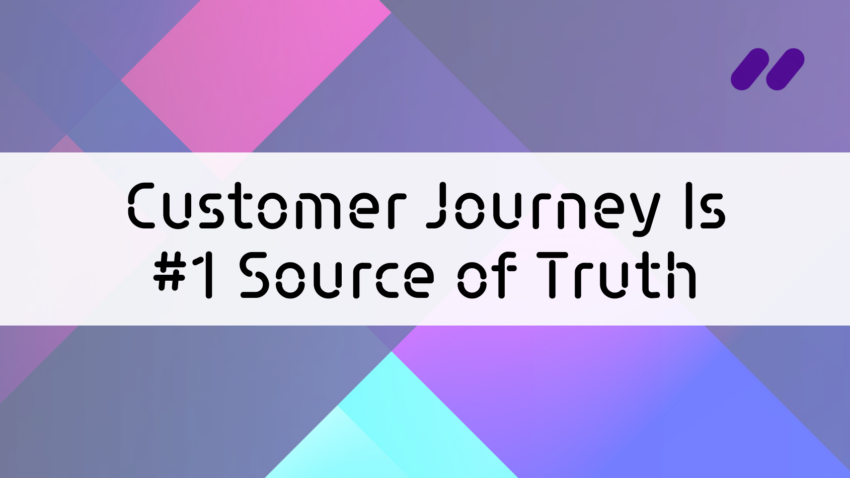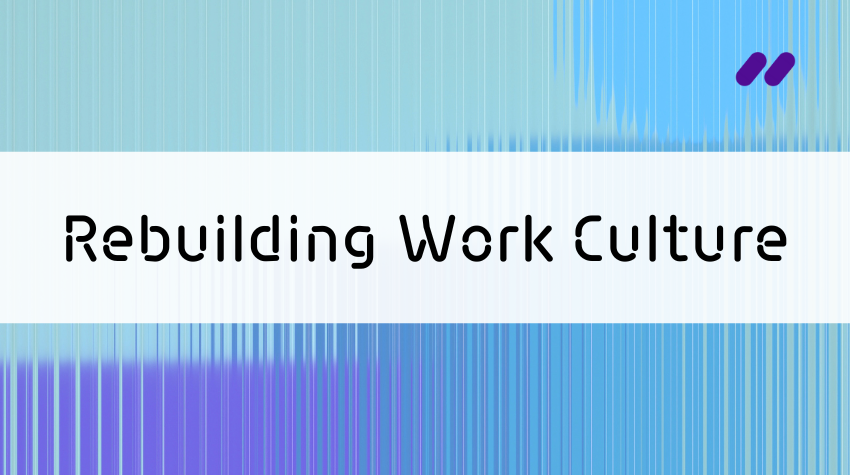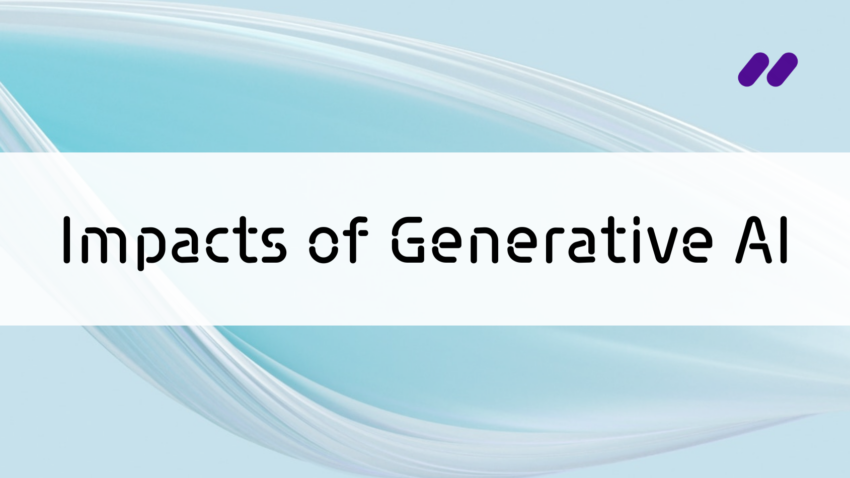Every once and a while, it’s nice to do a podcast! In this post we’ve curated the best insights from our recent podcast with the Midstage Institute, featuring our founder and CEO, Narjes Boufaden and podcast host Roland Siebelink.
The conversation explores topics such as:
- The massive importance of understanding the customer journey to deliver outstanding customer experience
- How AI can provide value to both SMBs and enterprise clients
- How cutting edge AI can overcome the challenges of providing value regardless of industry
Roland Siebelink: Hello and welcome to the Midstage Startup Momentum Podcast. We’re very honored to have with us today Narjes Boufaden, who is the CEO and founder of Keatext. Hello, Narjes. How are you?
Narjes Boufaden: Hello, I’m good. Thanks. How about you?
Roland: I’m very good. Thank you so much. Narjes, let’s talk about Keatext. What do you folks do? What difference are you bringing into the world?
Narjes: Keatext is a platform that analyzes customer feedback and text feedback. It analyzes all different types of feedback, whether it’s surveys, emails, reviews, or chats. And the intent is really to help brands have an understanding of what’s going on in their customer journey, which means that we can provide them with insights on what customers like, dislike, and what are the questions they are asking you regarding the product or service.
Afterward, the AI that we’ve developed allows them to get a certain number of recommendations about the places or the areas in the business that would require improvement and the impact of that improvement. It quantifies the ROI, the changes that are recommended by Keatext.
Keatext is capable of coping with different industries instantly because among the things that we’re developing in our AI stack is the ability for the assistant to acquire domain knowledge without the need for any human intervention.
We cover a bit more than ten different industries. Just to give you an idea, we work with American Express, Lenovo, and Orange telecommunications. These are three completely different industries, and that’s one of the things that differentiates Keatext is the ability to address multiple industries.
Roland: Just to double click on that a little bit, how hard is it to serve several industries with one product?
Narjes: That’s a good question. Traditionally, it used to be difficult, specifically when you have a text analytics technology because you need to understand the vocabulary, you need to be aware of industry knowledge like the concepts and the main ideas and things that are relevant to that industry.
Usually, people would address that challenge by either creating ontologies or knowledge bases for that specific industry. And more advanced products would train models per industry. You still have to acquire a sufficient amount of data to annotate and train into your models.
Being in that space for a long time, we figured out that if we can find a way to acquire that domain knowledge automatically, to make it easy and instant when people are uploading data, that would remove the burden of having to spend quite a lot of time to train or create a knowledge base.
And that’s what we did. Keatext is capable of coping with different industries instantly because among the things that we’re developing in our AI stack is the ability for the assistant to acquire domain knowledge without the need for any human intervention.
Roland: That’s really solving a key problem in the industry, it sounds like a key bottleneck that your competitors were struggling with before. Is this your special sauce, how did you acquire that domain knowledge?
Narjes: It is. That’s definitely our innovation. When a company comes in, they do not care about whether your technology is capable of addressing another industry except their own. They don’t really care about that.
But the fact is that because we were well aware of the issues related to the type of technology – the text analytics technology – and the fact that we’ve developed that type of innovative algorithm, the side effect of that is it allowed businesses to be able to discover new things happening instantly.
And just to give you an example. In the pandemic, a lot of things changed. People started to buy online. They stopped in-store shopping. They started spending a lot of time looking and being educated on a product, looking at reviews and then asking questions. The consequence of that is that a lot of data was coming from digital channels.
The customer journey is the single source of truth to be able to improve your business.
It’s funny enough because that wealth of information actually delivers a lot of insights on how customers or how the consumer is changing their way of deciding or choosing a product. What are the motivations? What are the important things that you would pay attention to before making any buying decision?
And that wasn’t included. CX analysts, they’re not aware of that, because they are discovering this – because the pandemic didn’t happen before, it happened now. Businesses need to adjust now. They cannot anticipate, they cannot wait until they have data.
Roland: Is this related to what they say in business that you only have data about the stuff that’s historic and that you’ve understood for a long time?
Narjes: Precisely. Because we have the technology that does not rely on historical data, that meant also that new stuff happening that you weren’t aware of, that wasn’t part of your customer journey – because you’ve changed your customer journey – then the system is able to provide that insight. And that’s quite interesting and relevant. Things are changing and fast, and businesses need to adjust, so that is a very strong, competitive advantage.
Roland: As you moved from a project into a product – that’s a very good journey that we often see – were you able to hone in on what the real problem is that people are facing and what your software is trying to solve for?
Once a month, once in six months, once a quarter, we’ll have a company running surveys with an NPS score. You either like it or you don’t like it. This is only the tip of the iceberg. If you have a bad score, it’s already late.
Narjes: Yeah. That’s a good question. We cannot say necessarily – there is a high level problem, but then there is also how people are ready to address it. In what way were they ready to address it? That brings some nuances into what type of problems we are solving.
For businesses, when we think about productivity, it’s not about solving all the problems that customers are mentioning but starting to prioritize problems. You need to see what are the things that should be fixed because that impacts most of your customer experience. That’s one end of it.
And the second part, which is why I’m talking about how customers were ready – how they see the solution and how they were interested to address it – is that the customer journey is definitely the single source of truth to be able to improve your business. That traditionally has been addressed through surveys. Once a month, once in six months, once a quarter, we’ll have a company running surveys with an NPS score. You either like it or you don’t like it. Would you recommend it or not?
This is only the tip of the iceberg. If you have a bad score, it’s already late. The way we address this problem is actually by providing a representation of the conversation from customers by explaining what matters for customers. Of course, what they like, what they dislike. But more importantly, what they would like to see, the questions. And try to map all of that to how they perceive your brand today with that score, to be able to bring recommendations at the end of the day.
And that’s the way for you to set the path for future products, future improvements, future things to come.
Roland: You’re saying it’s not just about things you need to fix but also understanding where there are new growth opportunities, potential new products you might launch, new services.
Narjes: Exactly. And for sure the pandemic – one of the side effects is that a lot of conversations are coming now through chats. Think of that conversation, before it was mostly taking place in-store and it wasn’t captured anywhere. It was a chat between the customer and the person on the floor, and that’s it and then it’s lost. It’s such valuable information that is lost. Today, it’s there, it’s in the chat log, and you can start digging into the data to be able to understand what needs to be developed, proposed, provided to your customer and future customers.
Roland: Thank you so much for all this amazing insight, Narjes.
Narjes: Thank you so much.


